Leaders of the pack: Design Within Reach
June 7, 2013 Leave a Comment
Most of the time, our blog posts focus on individual eCommerce strategies. But we thought it would be fun, from time to time, to look at how the concepts are put into practice and combined to create a successful shopping experience that uniquely embodies a brand. So starting with this post, we’ll profile the winners of the 2013 MarketLive Merchant Awards, which were announced back in April at the MarketLive Summit. In so doing, we’ll showcase how merchants embody the best practices this blog is all about.
The first featured merchant is Design Within Reach. The company strives to make modern home design accessible to consumers by offering authentic and original products through retail stores, catalogs and online. In keeping with the company’s mission, DWR’s online properties all feature a sleek, minimalist look coupled with ease of use. The main eCommerce site benefited in the past year from revamped photography and a retooled product page that makes the most of multiple images by doubling the size of the image display space and orienting it horizontally — ideal for furniture. The product pages also fulfill the mission of making design accessible by providing detailed product stories that place items within the context of interior design trends and history. Shoppers can share items through a variety of social links, as well as print items for reference when visiting physical store outlets.

In addition to offering plenty of in-room photograpy and collection selling, DWR provides a design tool using 3D modeling technology. Shoppers can not only upload or build floor plans and populate them with products, but they can share their creations and comment on others’ designs. By providing such a specialized tool, DWR serves the needs of its shoppers and helps them make informed product choices.

DWR offers additional innovative selling tools for tablet and mobile users. Its Webby-nominated iPad app offers tablet shoppers an array of shopping options, from scenic photos with embedded product information to collection pages that allow for mixing and matching room elements by swiping them one by one. The app also features in-depth content on iconic designers and design history, educating consumers and linking to related products.

The mobile phone version of the site presents a streamlined view of products and categories as well as a store locator that suggests nearby outlets based on the shoppers’ current location – after obtaining permission to access location data, a step that enhances customer trust.
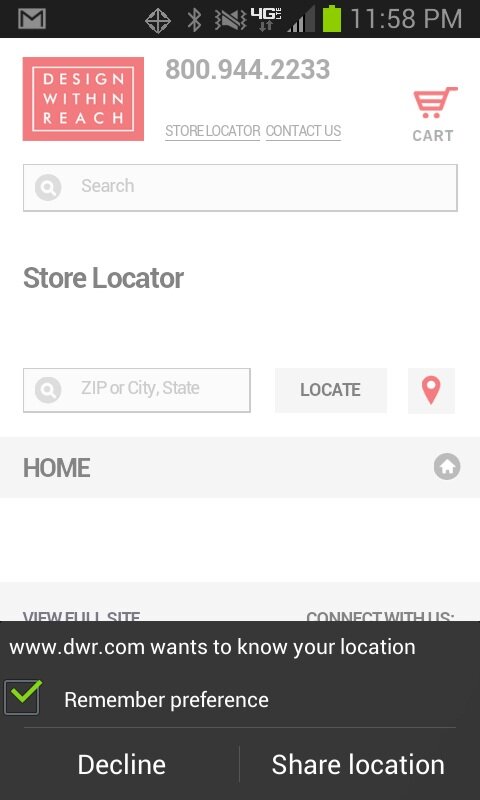
The brand’s blog, Design Notes, offers an insider peek at the world of design, with reports from buyers’ expos, profiles of designers, and interior design news.The content demonstrates the brand’s authoritative knowledge of design and also provides fodder for social media outlets. The brand not only has a presence on Facebook, Pinterest and Twitter but on the design-centric community Houzz, thereby connecting with design-conscious consumers where they choose to congregate.

The brand is marketed effectively across touchpoints. Visitors to the eCommerce site are invited to join the email list, and the home page features promotions of physical store locations, the catalog, the iPad app and social media outlets. Meanwhile, the Facebook page spotlights in-store events.

Would you like to nominate a brand for the “Leaders of the pack” series? Let us know in the comments below!








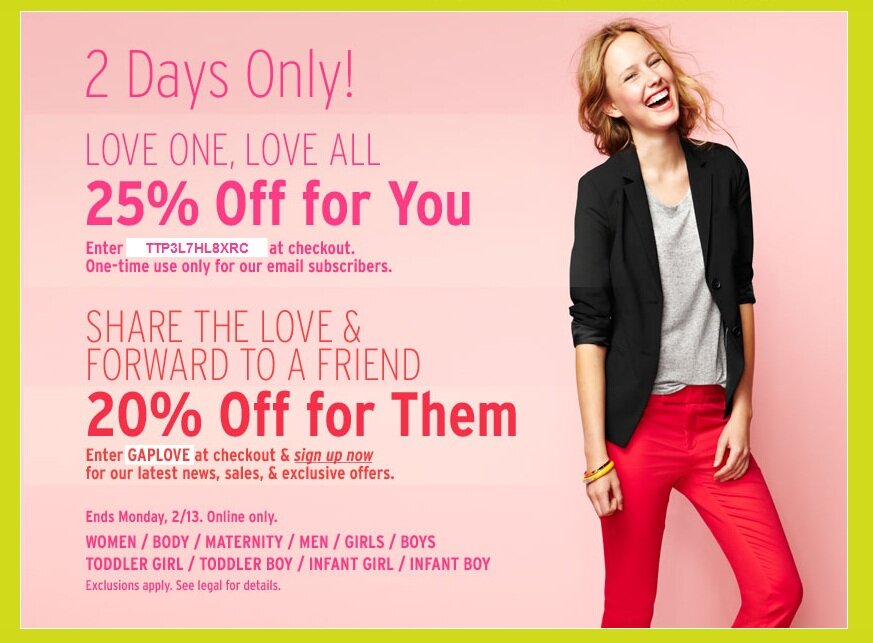
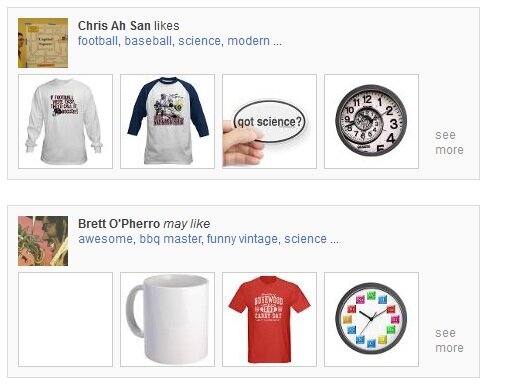



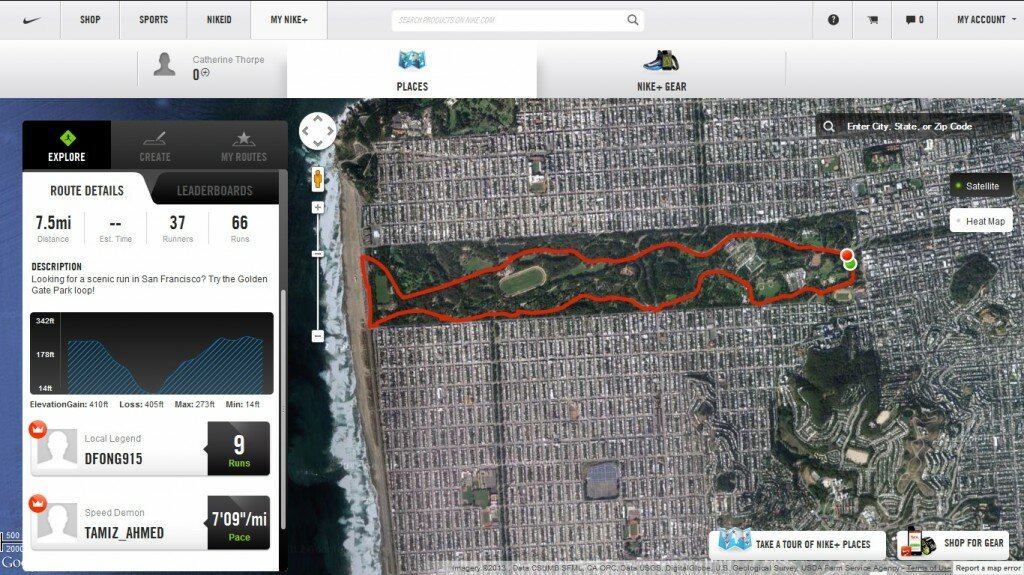
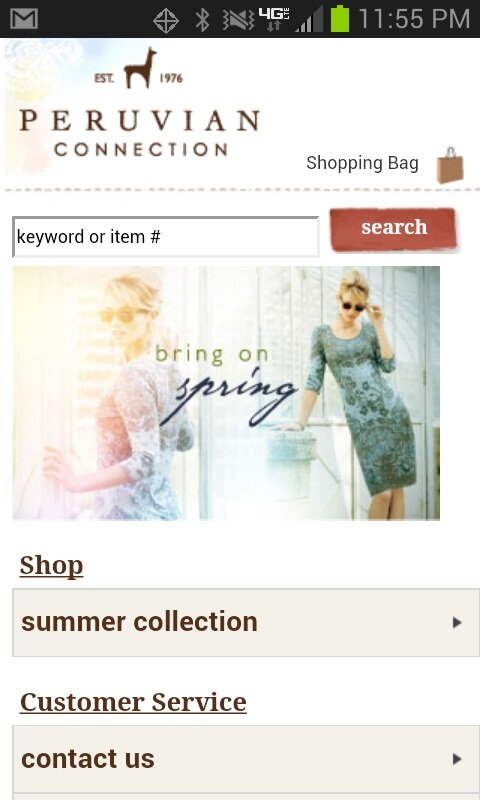


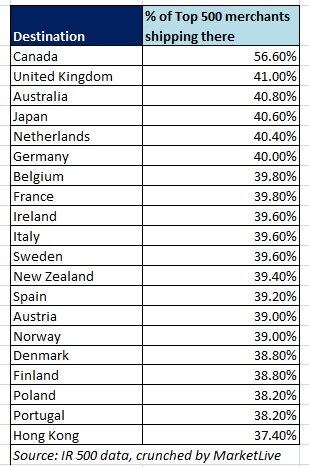



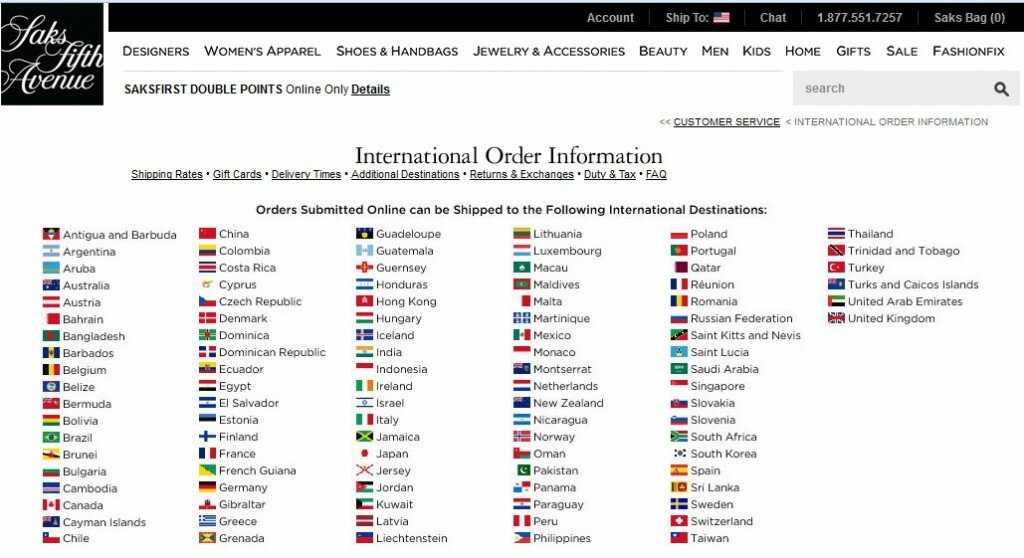



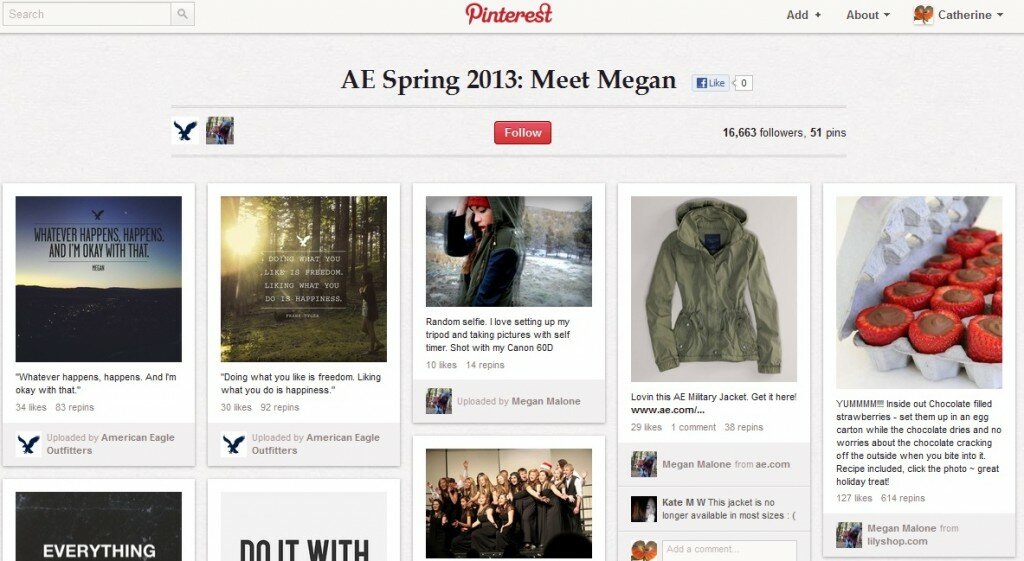






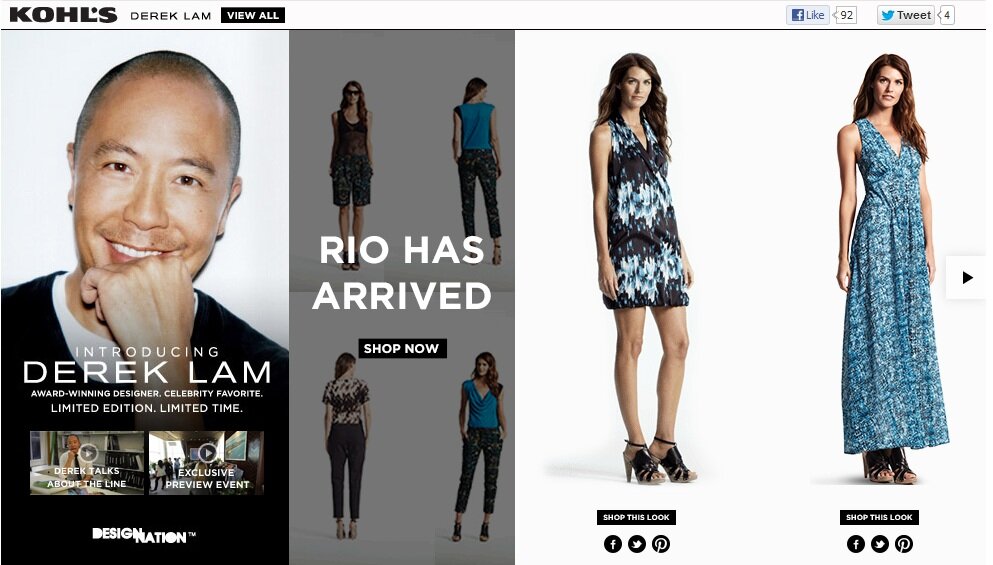
Connect with us: